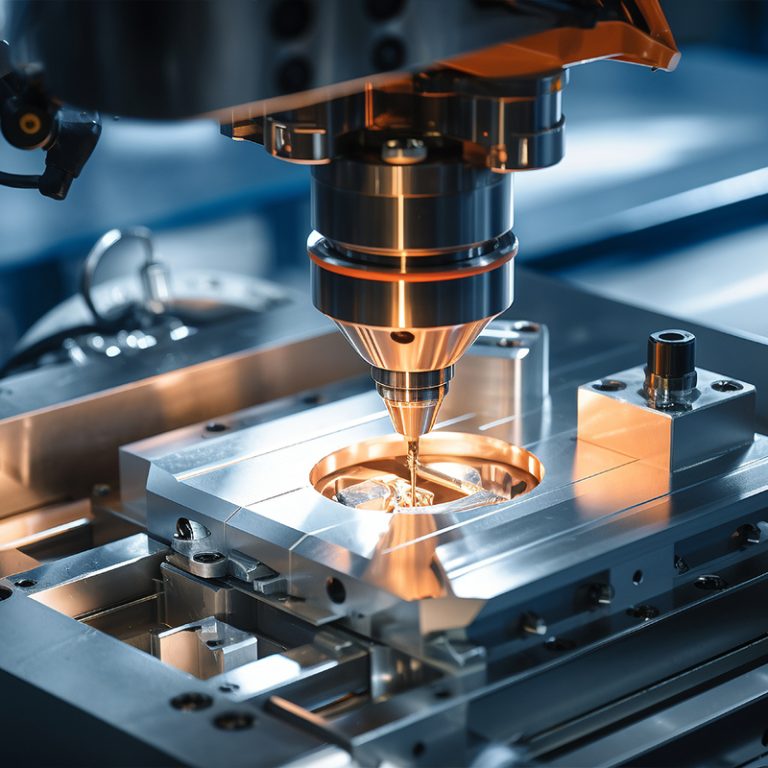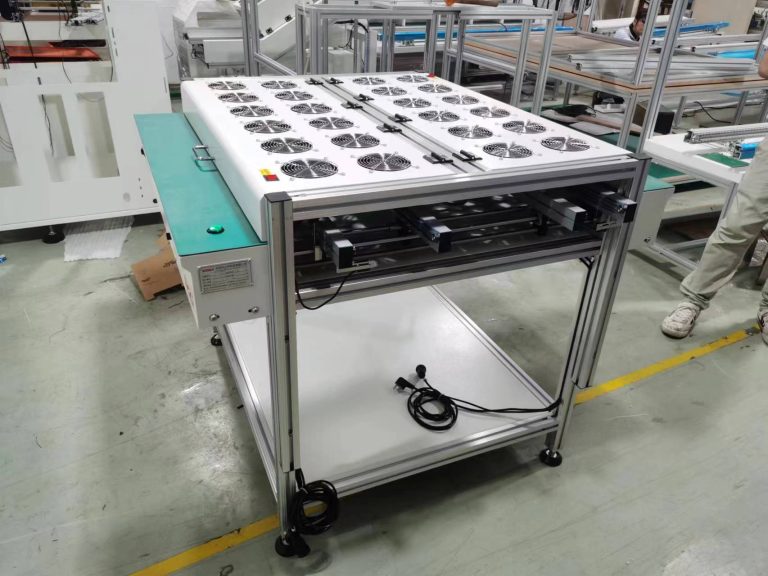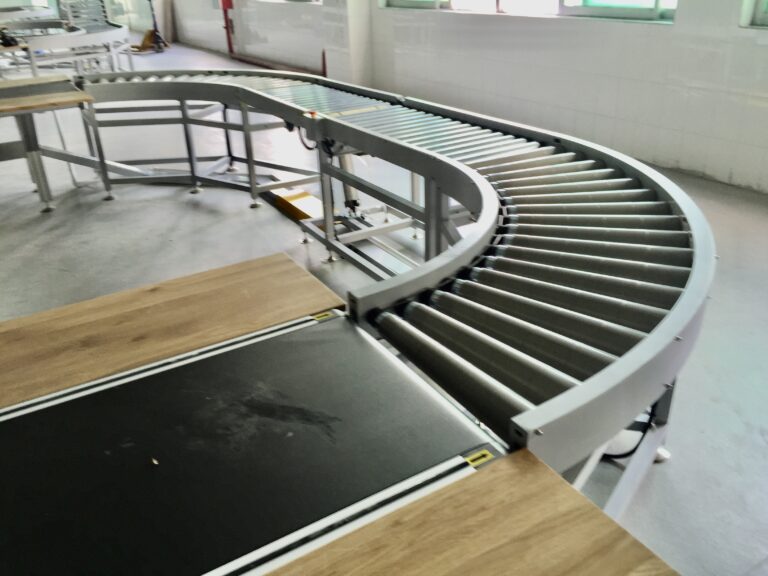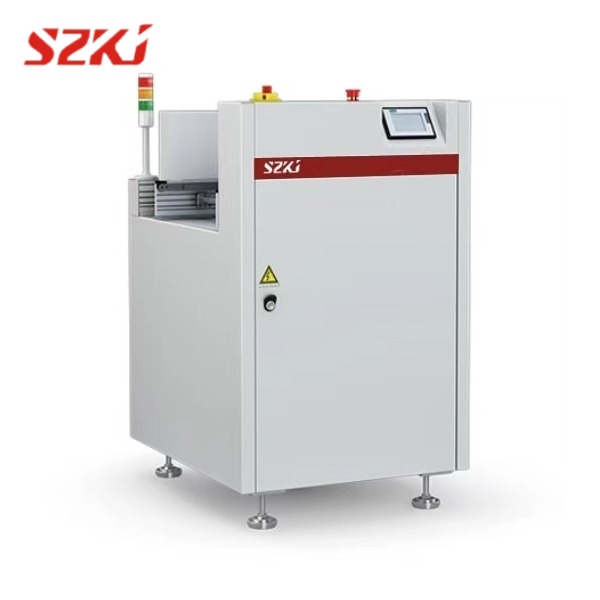Table of Contents
ToggleThe modern world is powered by advanced electronics, and at the heart of these technologies lies the semiconductor industry. Semiconductors are the building blocks of electronic devices, and the process of assembling these components into functional products requires highly specialized manufacturing techniques. One of the most important processes in this ecosystem is Surface Mount Technology (SMT). SMT revolutionized how electronic components are placed and soldered onto printed circuit boards (PCBs), playing a crucial role in the mass production of electronic devices.
A key component of the SMT process is the SMT mounter, a machine designed to place surface-mounted devices (SMDs) onto PCBs with precision. In this article, we’ll explore the relationship between semiconductors, SMT, and manufacturing, and how these technologies work together to create the electronics we rely on every day.

The Role of Semiconductors in Electronics Manufacturing
Semiconductors are materials that have electrical conductivity between that of a conductor and an insulator. Their unique properties make them ideal for use in electronic devices, such as transistors, diodes, and integrated circuits (ICs). These semiconductor components serve as the brains of electronic products, controlling everything from simple on-off switches to complex computing functions.
As the demand for more compact, efficient, and powerful electronics has grown, so has the need for high-precision manufacturing processes that can handle the delicate nature of semiconductor components. This is where SMT comes into play. SMT allows manufacturers to place smaller, lighter, and more complex components directly onto PCBs, improving the overall performance of electronic devices.
What is SMT and How Does It Work?
SMT (Surface Mount Technology) is a method of mounting electronic components directly onto the surface of PCBs without the need for drilling holes, as was necessary in traditional through-hole technology. The primary advantage of SMT is that it allows for the miniaturization of electronic devices while increasing their performance and reliability.
The SMT mounter is the machine responsible for placing components on the PCB. It picks components from a feeder system and places them on pre-designated spots on the board with extreme accuracy. This process is essential for ensuring that all parts are aligned correctly, as even the slightest misalignment can lead to malfunctioning electronics. Once the components are mounted, they are soldered to the board using a process known as reflow soldering, which creates a strong, conductive connection between the components and the PCB.
The speed and precision of SMT mounters are crucial for mass production, making them indispensable in industries such as consumer electronics, automotive, telecommunications, and healthcare. These industries rely on the ability to produce large volumes of high-quality products quickly and cost-effectively, a goal that is achievable thanks to the automation provided by SMT mounters.
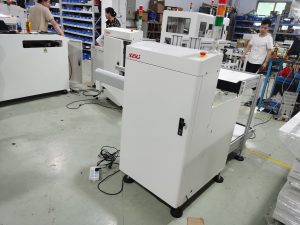
The Connection Between Semiconductors, SMT, and Modern Manufacturing
In modern manufacturing, the relationship between semiconductors, SMT, and production efficiency is inseparable. Semiconductors are the core components that give functionality to electronic devices, while SMT provides the method for efficiently integrating these components into functional products. The advent of SMT has enabled manufacturers to produce smaller, more powerful devices at a lower cost and with higher reliability, meeting the growing demand for advanced technology.
In addition to enabling miniaturization, SMT also allows for higher component density on PCBs. This means that manufacturers can fit more functionality into smaller spaces, resulting in thinner, lighter, and more portable electronics. The SMT mounter plays a vital role in this process by ensuring that each component is placed accurately and efficiently, reducing errors and maximizing output.
Applications of SMT in Different Industries
The impact of SMT and SMT mounters can be seen across a variety of industries:
Consumer Electronics: Products like smartphones, tablets, and wearable devices rely heavily on SMT to incorporate powerful processors and memory chips into compact designs.
Automotive: Modern vehicles use advanced electronic systems for everything from engine control to navigation and entertainment systems. SMT ensures the reliable production of these systems with precision and consistency.
Telecommunications: The telecommunication industry relies on SMT to produce high-performance networking equipment, routers, and modems that handle vast amounts of data efficiently.
Healthcare: Medical devices, such as diagnostic machines and monitoring systems, benefit from SMT’s ability to create compact, high-performance electronic components that are essential for patient care.
Conclusion
The synergy between semiconductors, SMT, and manufacturing has transformed the electronics industry. With the help of technologies like the SMT mounter, manufacturers can produce cutting-edge devices that are smaller, more powerful, and more efficient than ever before. As demand for advanced electronics continues to grow, SMT will remain at the forefront of technological innovation, enabling industries to meet the needs of an increasingly digital world.

